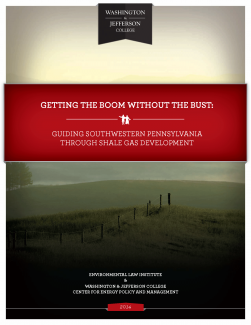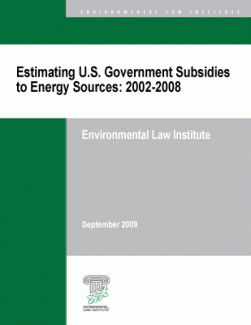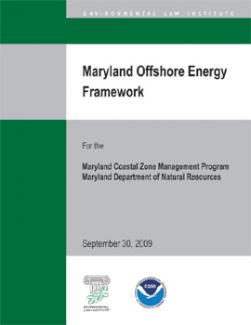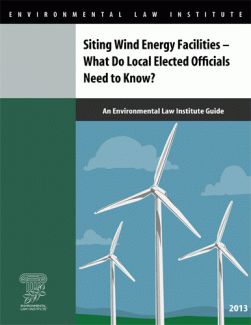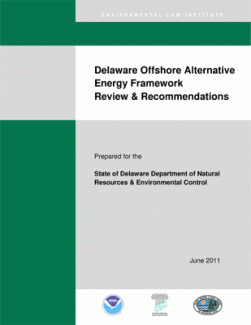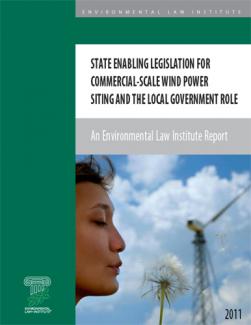The Debate: How Can the U.S. Lead in Paris to Achieve a Climate Agreement We Can Live With?

In a few weeks, the 21st Conference of the Parties of the UN Framework Convention on Climate Change will convene in Paris to hammer out for the first time an accord that will have binding targets for almost all nations, industrialized and developing alike. We polled some of the leading thinkers and activists involved in the climate change negotiations, asking them what the United States needs to do to realize an agreement that we can live with — one that protects the environment and also wins favor in the Senate and among the American public.

